Safety Barriers
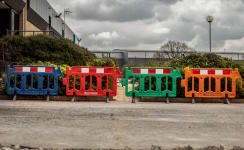

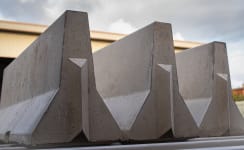



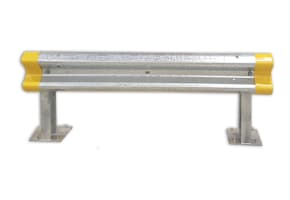
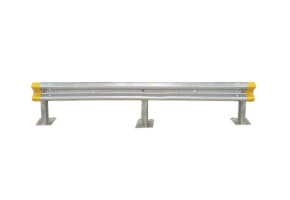
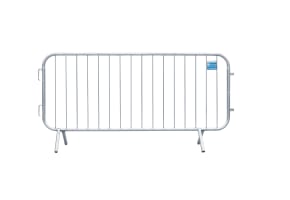
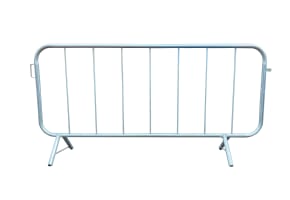
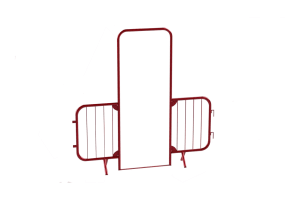
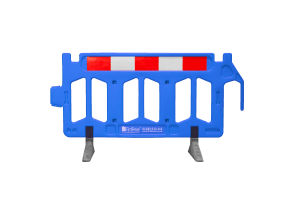
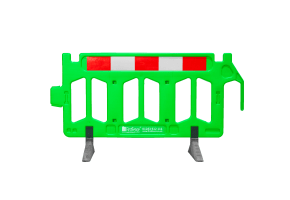
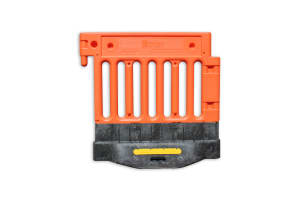
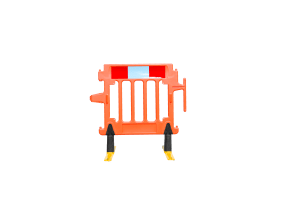
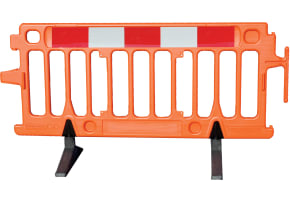


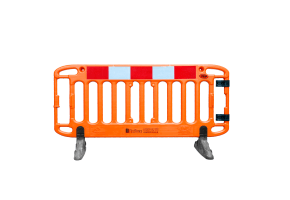





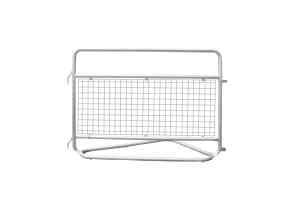
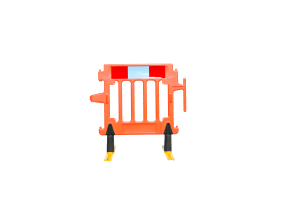
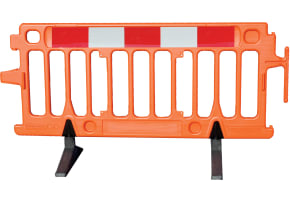

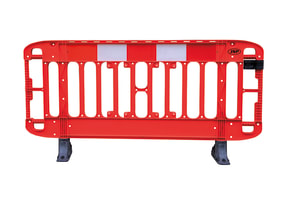
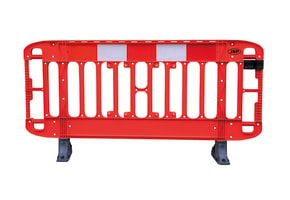


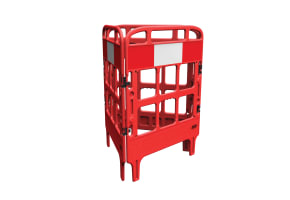
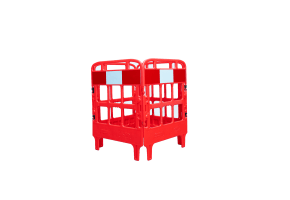


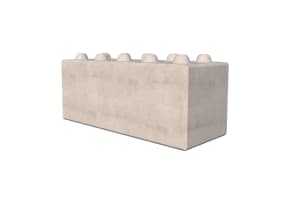




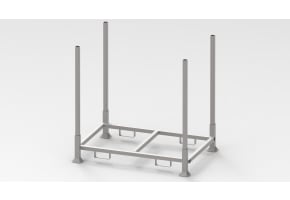





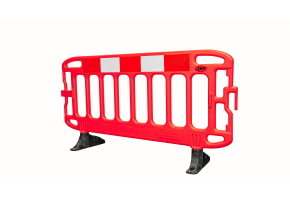
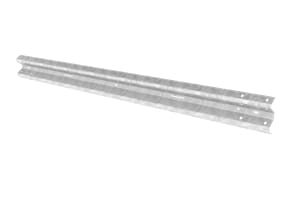
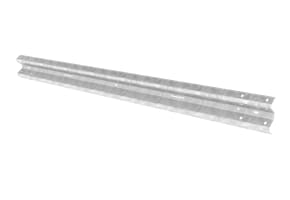
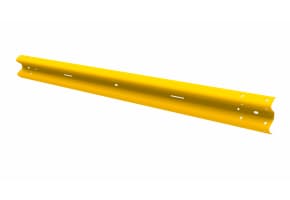
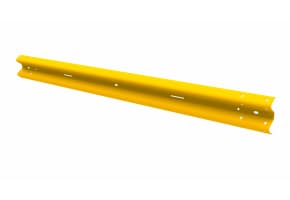
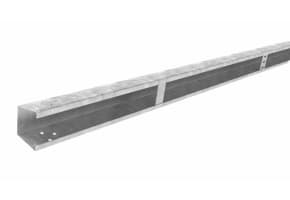
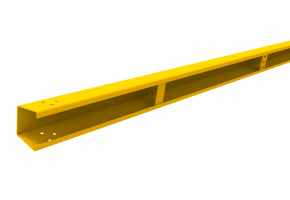
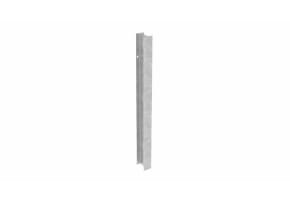

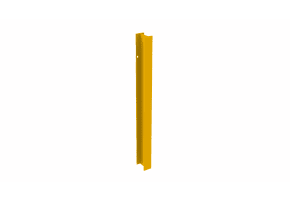
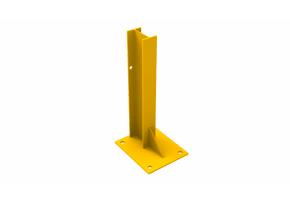
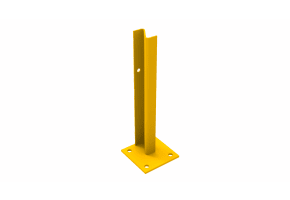
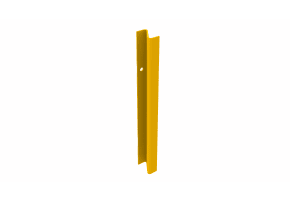







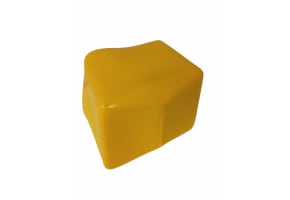











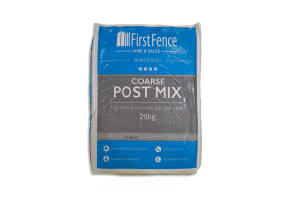









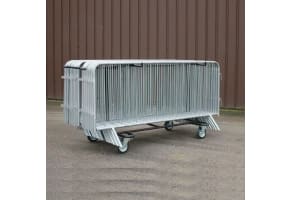
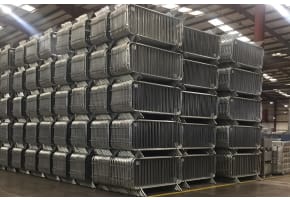
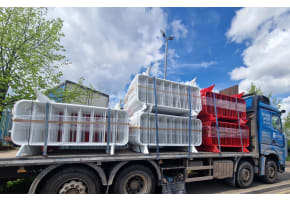
Safety Barriers & Road Barrier Systems
Safety barriers play a vital role in creating secure environments for pedestrians, vehicles, and infrastructure. They act as physical separators, directing traffic flow, preventing accidental collisions, and safeguarding people and property in various situations.
Key Features
Choice of Materials – Available in durable plastic or robust galvanised steel, suitable for different site requirements and levels of impact protection.
High-Visibility Design – Many models come in bright safety colours (such as red, white, or orange) and feature reflective panels for maximum visibility in low-light or night-time conditions.
Quick and Easy Deployment – Lightweight and modular, barriers can be set up, repositioned, or stacked for storage with minimal effort.
Secure Interlocking System – Many barrier types connect seamlessly for a continuous and stable safety line.
Stackable and Space-Saving – Designed for efficient storage and transport, perfect for contractors managing multiple sites.
Weather and Impact Resistant – Built to endure harsh site conditions, ensuring long-lasting performance and safety compliance.
UK Stock and Fast Delivery – Large quantities available from our UK depots with next-day or express delivery options for urgent site requirements.
Bulk Order Discounts – Competitive trade pricing for large-scale or ongoing projects.
Versatile- Ideal for road safety, events and construction sites.
Crowd Control Barriers
Crowd control barriers are temporary structures used to manage large crowds. They are also known as pedestrian barriers or fencing. These barriers are commonly used at events, construction sites, or any situation where organised pedestrian flow is needed. Constructed from lightweight yet sturdy metal, these barriers are easy to assemble and disassemble, making them ideal for temporary applications.
By strategically placing crowd control barriers, organisers can create designated walkways, separate event areas, restrict access to unauthorised zones, and ensure the safety and well-being of everyone involved.
Chapter 8 Plastic & Waterfilled Barriers
Chapter 8 barriers refer to a specific type of temporary road barrier used in the UK to meet Department for Transport (DfT) regulations. These barriers are typically brightly coloured and reflective, ensuring high visibility for motorists during roadworks or maintenance projects.
Water-filled plastic Barriers offer a portable and cost-effective solution for temporary applications. They can be easily filled with water for added stability and are ideal for marking hazards, delineating work areas, or controlling pedestrian traffic.
Concrete Barriers
Concrete barriers are heavyweight, permanent structures used for a variety of purposes, including:
- Concrete barriers can be used to create secure perimeters around buildings, warehouses, or sensitive areas, deterring unauthorised access and protecting property.
- Concrete barriers offer exceptional durability and can withstand significant impact forces. However, because of their weight and permanent nature, they are not suitable for temporary applications. Installation typically requires specialised equipment, and relocation is a complex process.
Column Protectors & Verge Posts
Column protectors and verge posts are specialised safety barriers designed to shield vulnerable infrastructure elements from accidental impact.
Column protectors are made of durable plastic. They place them around support columns in areas such as car parks and warehouses. This is done to prevent vehicles from hitting the columns. They absorb impact and prevent damage to the columns, minimising repair costs and potential safety hazards.
Verge posts are smaller, flexible posts typically made from plastic. They are installed along road verges or on the edges of sidewalks. Verge posts act as a buffer zone, absorbing minor impacts and providing an early warning to drivers who may have veered off the road. Reflective markers are put on the road's side for improved visibility, especially at night or in bad weather. This helps drivers see the road more clearly and avoid accidents.
They are particularly useful in low-light conditions or when visibility is poor. These markers help drivers see the road more clearly. They are especially useful in low-visibility conditions. Additionally, they make it easier for drivers to stay within their lane. By strategically deploying these road barriers, you can significantly enhance the protection of critical infrastructure and promote safety in various environments.
Road Safety barriers come in a wide range of forms, each serving a specific purpose. Road barriers are important for safety. They help with crowd control, traffic management, and protecting infrastructure to create safer environments.
Contact Us
If you need more information about our Road Safety Barrier products or help with ordering, please contact us. You can reach us by phone at 01283 512 111, email at sales@firstfence.co.uk, or through our live chat on our website. Our team members are available to assist with any questions you may have.